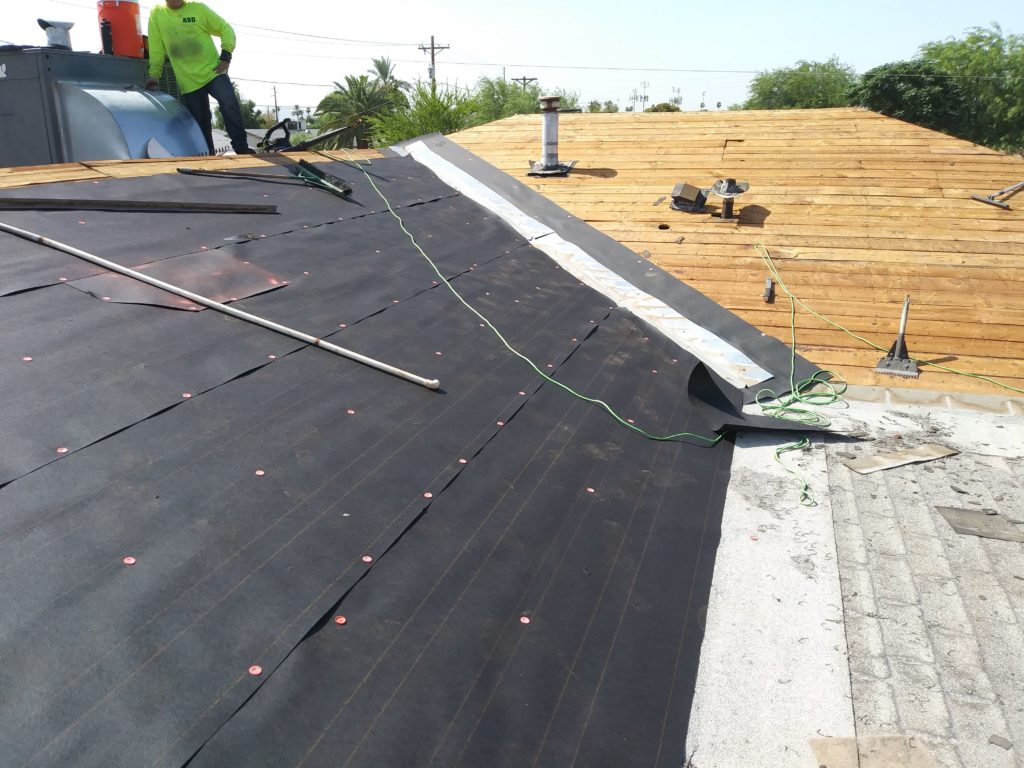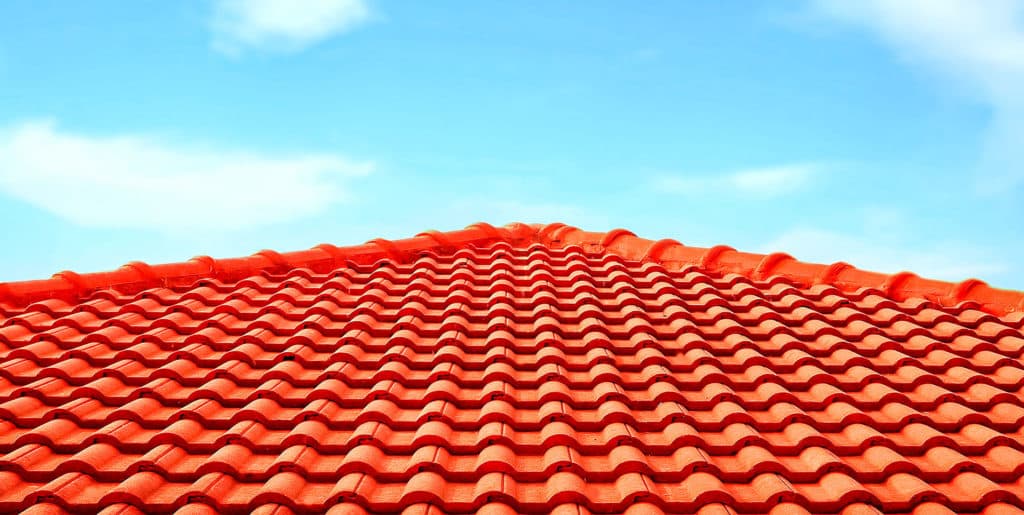Homeowners in Arizona may find themselves wondering what is considered a standard size roof soffit. This article will explore the size of roof soffits in Arizona and provide an overview of best practices when determining the right size for your home.
First, it is important to understand why properly sizing roof soffits is essential to any construction project. Roof soffits play an integral role in protecting homes from weather-related damage and ensuring air circulation throughout a property’s attic space. The right size ensures that these functions are fulfilled without compromising structural integrity or aesthetics.
Finally, this article will detail common measurements used for roof soffits across different areas of Arizona. By understanding more about the standard sizes for roof soffits in Arizona, homeowners can ensure they make the most informed decisions possible before beginning their projects.
Definition Of A Soffit
A soffit is a structural component of a building. It is typically located below the eaves and internal ceiling of a house, between an exterior wall and the roof line. Generally, it consists of materials such as wood, vinyl or aluminum that are used to enclose the underside of the overhanging section of any structure. The purpose of soffits is to provide protection from weather elements while also increasing air circulation around the top part of a home. Additionally, they can be used to conceal plumbing vents, wiring and other utilities in order for them not to be visible from outside. Soffits are available in various shapes and sizes depending on their application and desired aesthetic appeal.
Common Dimensions
When building a roof in Arizona, the soffit size should be considered carefully. Standard sizes for residential and commercial roofs vary depending on the pitch of the roof, as well as other features like gutters or skylights. It is important to measure both width and length accurately before purchasing materials to ensure a proper fit. Additionally, ventilation must also be taken into consideration when selecting a soffit type; vented soffits are ideal for reducing moisture buildup in attics and crawl spaces. Ultimately, choosing the right size and material can help create an aesthetically pleasing yet functional roof system.
Building Code Regulations In Arizona
In Arizona, the International Building Code (IBC) is enforced by all local jurisdictions. This code outlines standards for soffit construction including size and material requirements. The standard size of a roof soffit in Arizona should be no less than 6 inches wide with a 0.0236 inch thickness. It must also have minimum structural integrity using approved materials such as galvanized steel or aluminum. Additionally, an air barrier membrane may need to be installed when constructing a soffit with wood or other combustible materials.
The IBC also includes regulations regarding fire safety that builders must adhere to while constructing any type of structure in Arizona. Combustible building materials are prohibited near the face of exterior walls and roofs where it could come into contact with heat radiation from fires outside the residence. As well, non-combustible materials need to cover at least 25% of each side exposed to external sources of flame impingement on the soffit itself, providing additional protection against potential fires caused by faulty wiring or nearby wildfires.
Factors That Affect Size
The Arizona building code regulations include specific requirements for the size of roof soffits. The width of a standard size roof soffit in Arizona is typically around 12 inches, although this may vary depending on several factors. These include the height and pitch of the structure’s roofline, as well as any local climate considerations. Additionally, if the structure has an overhang built into its design, then that could also affect the overall size of the soffit. In some cases, wider or narrower soffits may be needed to meet certain structural needs or aesthetic desires.
Ultimately, it is important to take all these factors into account when determining what size roof soffit will best suit your project goals in Arizona. It is recommended that you consult with an experienced contractor who can provide advice based on their knowledge of local building codes and other relevant industry standards.
Benefits Of Installing A Standard-Size Soffit
Installing a standard-size roof soffit in Arizona offers numerous advantages to homeowners. A soffit is the underside of an overhanging eave or cornice, which can provide shade and protection from sun exposure. Standard size soffits also add aesthetic value to a building’s exterior, while providing additional ventilation that helps combat moisture buildup in the attic.
In addition to these benefits, installing a standard-size roof soffit requires very little maintenance once installed correctly. It is important to check for any potential damage periodically as part of regular home maintenance tasks but apart from that there should not be any significant upkeep needed over time. Furthermore, they are relatively easy to install with basic DIY skills making them ideal for cost conscious homeowners looking for ways to improve their property without breaking the bank.
Installation Process
The installation of roof soffits in Arizona is relatively straightforward and requires minimal preparation. First, the size of the roof soffit to be installed must be determined. The standard size for a roof soffit in Arizona is 12 inches wide by 24 inches long. After determining the correct size, the next step involves marking out where each piece needs to go on the eaves before cutting them down to fit neatly into place. Once cut, they are secured with nails or screws depending on what type of material was used. Additionally, any flashing that may be necessary should also be cut and attached at this time as well. Finally, sealant should then be applied around all edges and joints to ensure a tight seal and prevent water infiltration which could cause damage over time.
Maintenance Requirements
In Arizona, a standard size roof soffit is typically 36 inches wide by 12-15 inches tall. It is important to regularly inspect the condition of the soffit and perform routine maintenance on it to ensure that it remains in optimal condition. This includes inspecting for any signs of water damage or rot, checking the fasteners, trim pieces and vents, as well as cleaning away any dirt or debris that may have accumulated over time. If necessary, paint should be applied to protect against UV exposure to ensure its longevity. Additionally, if there are any missing parts due to weathering or other causes they must be replaced promptly. Regularly maintaining your soffit will help increase its lifespan and prevent costly repairs down the road.




